Legacy approaches to app development have always been fraught with hurdles. To begin with, you need to learn how to code. Additionally, you might need the help of other developers and possess the skills to manage such teams throughout the development process. While these challenges are manageable, they have made legacy app development relatively costly and inaccessible for non-techies. And that is where AI app development comes in.
AI app development has gained popularity in recent years because it enables faster, cheaper and more accessible development for everyone. A good example of these app builders is Lovable AI, a tool that allows you to develop apps from scratch without any prior coding experience. Today, we will focus on everything you need to know about this AI builder, including how it works, its benefits, limitations and best practices.
Lovable AI is a platform that helps you build apps from simple text instructions. It can create full-stack applications (not just designs or mock-ups) – the end product will have working front-ends, back-ends and databases.
The best thing about this tool is that it is not a locked-in system, meaning you will have full ownership of the code it generates based on your instructions.
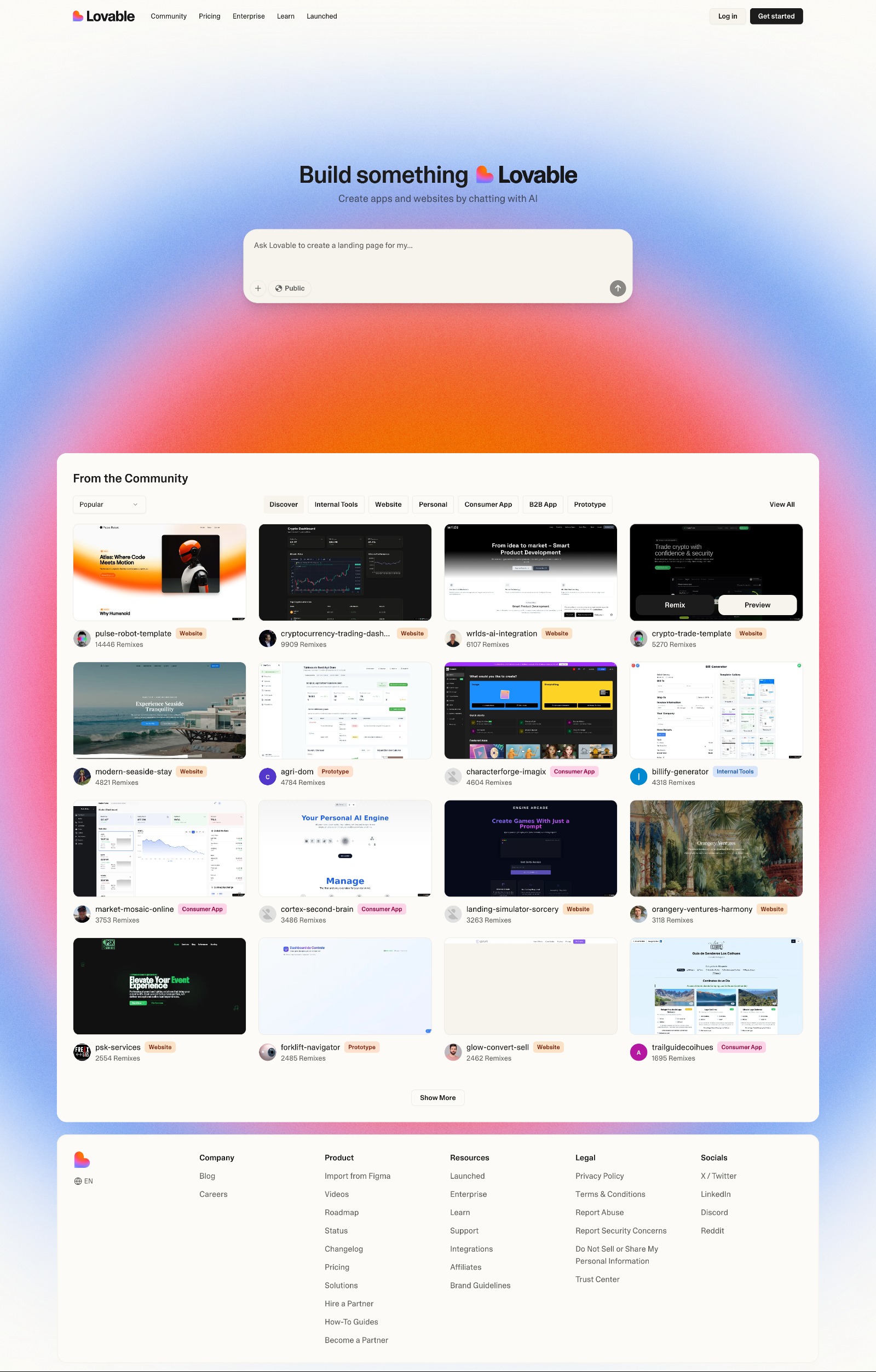
The AI builder operates on a simple working principle: it processes natural language and translates it into executable code. As a user, all you need to do is type simple instructions like "build a blog app with a login interface." The tool will interpret and analyse your request, then turn it into a downloadable code.
With each request, it builds a functioning feature with both front-end and back-end components, connected and ready to go. The platform can also integrate with services like Supabase and Stripe, allowing you to utilise external features such as data storage, authentication and payment processing.
The tool is straightforward to use, even for beginners. It goes without saying, but you don't need to know anything about coding to get started. Here is how to use the tool:
Create an account or log in: Visit https://lovable.dev/ (official page) and create an account or log in if you already have one.
Start a new project: Describe what you want the builder to help you create. For example, "create an app that allows me to write a note and upload an image, and then share the note with my friends using a URL."
Wait as code generates: Hit 'Enter' and wait for a minute or so as the builder analyses your request and writes your code.
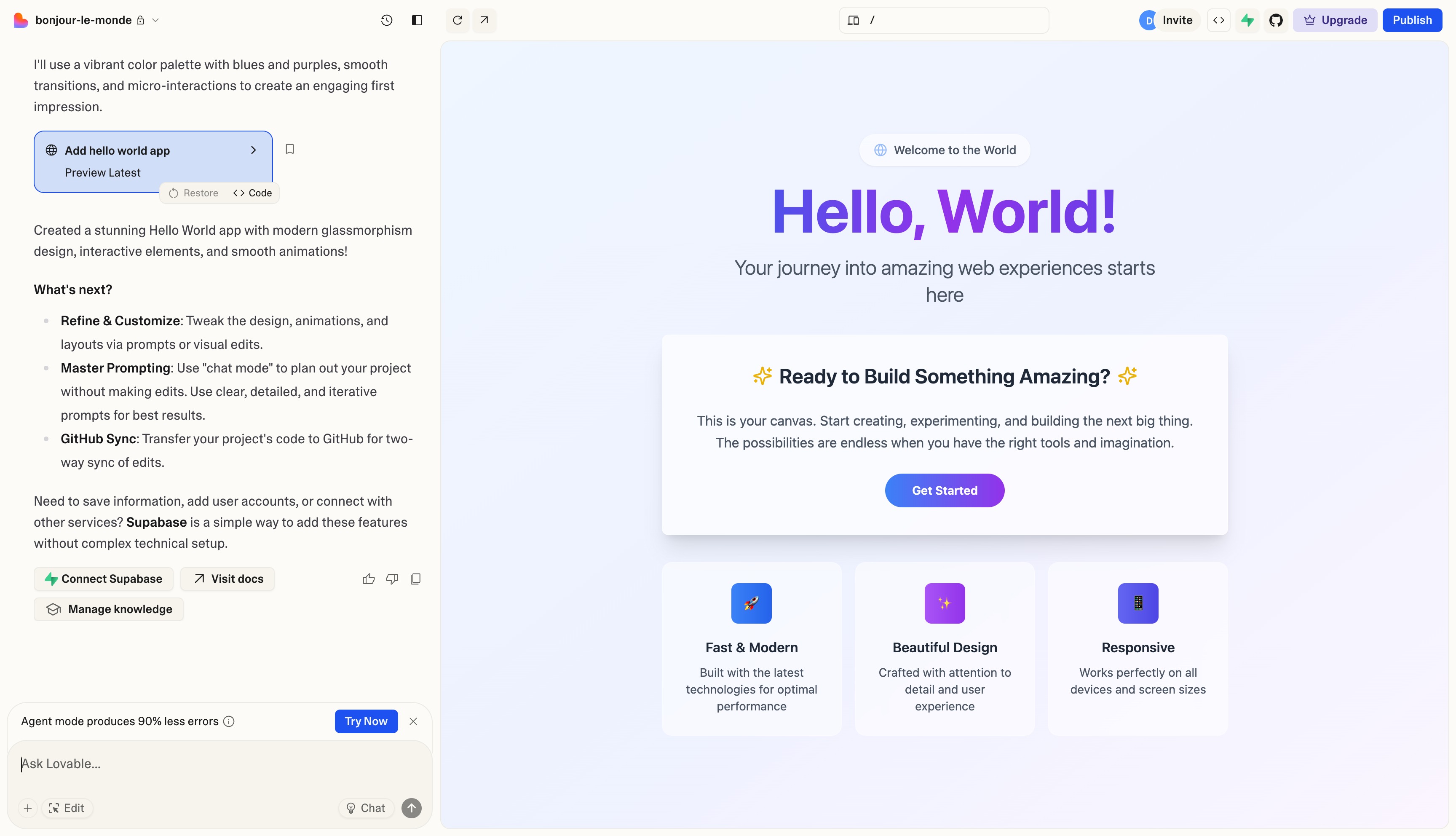
Preview and test: Use the built-in feature to test how your app works. Try the features you requested to ensure they are working as intended. If there is still any issue, make changes using follow-up prompts, e.g., "change the login button to blue."
Publish: You can publish your app and host it on Lovable. The URL of your project will be something like [nameofapp].lovable.app. This is the app URL of the Hello World app made as an example: https://bonjour-le-monde.lovable.app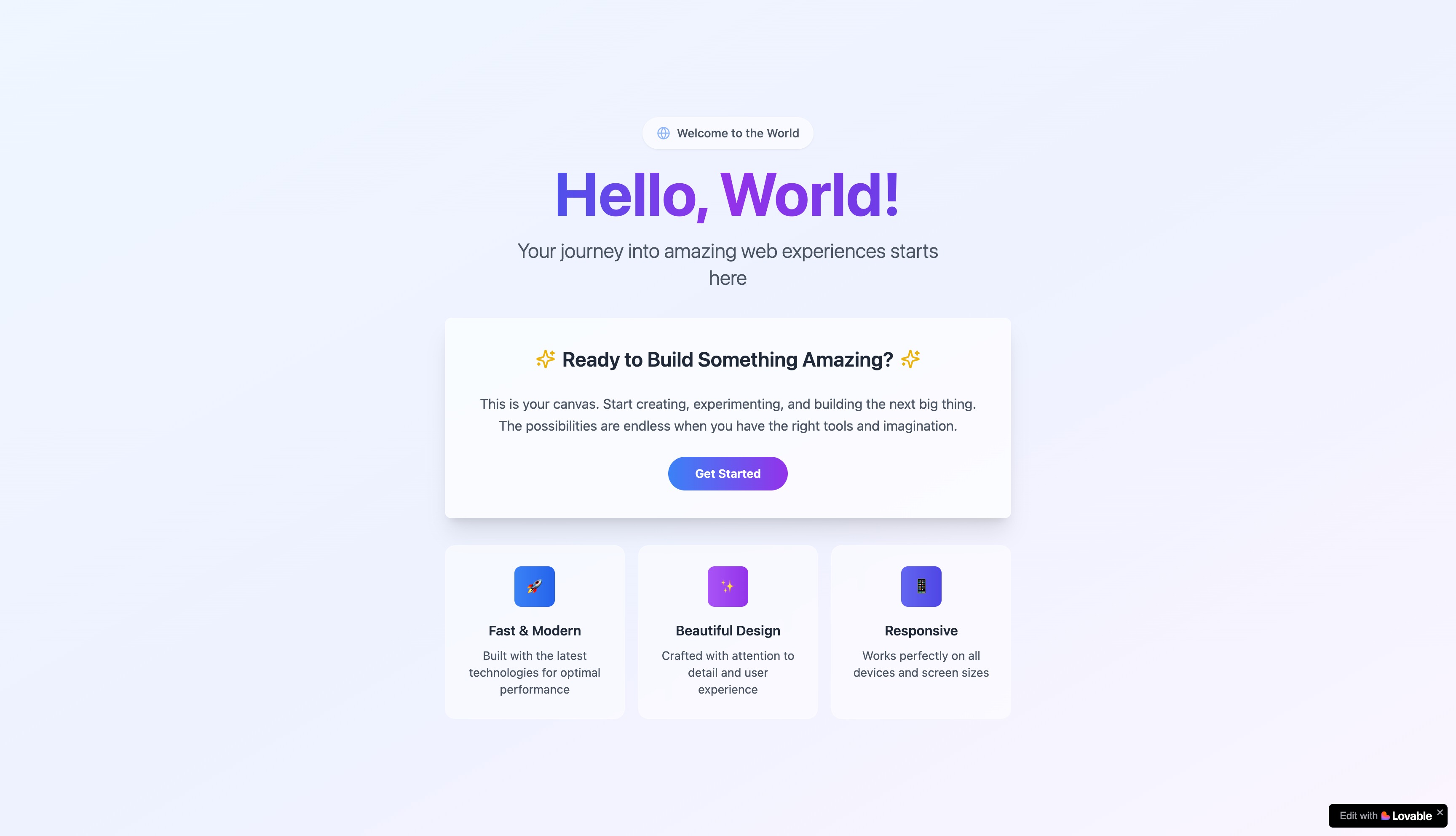
Download your code: Once you are satisfied with the results, proceed to download your code. Alternatively, deploy directly using built-in integrations like Vercel and Netlify.
Anyone can use this prompt-based app builder, provided you know exactly what you want and can write clear instructions. As such, it is ideal for practically every individual, including:
Entrepreneurs and start-up founders – entrepreneurs and start-up founders can use this builder to quickly test ideas and launch MVPs (minimum viable products) without having to hire a whole development team.
App designers creating prototypes – app prototyping can be a time-consuming and costly affair. Designers can turn to this app builder to explore features and concepts, bringing them to life and interacting with working designs before getting into the nitty-gritty of development.
Freelancers needing fast mock-ups – the platform is also ideal for freelancers looking to deliver quick demos for clients to secure a contract.
Developers looking to save time – using the app builder helps you skip repetitive setup tasks, allowing you to focus on more advanced custom work.
Small business owners with no tech teams – enables individuals with limited budgets to build tools and apps without the need to write code (or hire a tech team for that matter).
Essentially, the AI app builder empowers anyone with no coding background to bring their ideas to life.
One of the primary advantages of using the AI builder is that it reduces development time in several ways.
For example, it generates both the front and back-end of apps with a single prompt. Typically, that would take the developer a lot of time as they grapple with repetitive, boilerplate code. Secondly, it enables real-time adjustments of features through conversational-style prompts. You won't need to rebuild from scratch every time a feature does not work as intended.
Another benefit of using this app builder is that it lowers the overall cost of app development. As it does not require any coding skills, you won't need to hire a developer or technical consultant for your development needs.
In addition, it offers a free (or low-cost) starting point for developers building functional prototypes. This is beneficial in several situations. For example, you might want to pitch your app to investors but can't afford a whole development team just yet. With this AI builder, you can develop a working prototype, impress the investors and get the funding you need to get the work done.
It also reduces typical delays that could otherwise lead to extra spending on both the developer and the client.

As highlighted, the AI app builder is ideal for regular individuals who want to create their own apps. It enables them to use plain language, the kind you would use to explain what you need to a traditional developer.
The platform will also guide you through the app creation process. So, you don't need deep technical knowledge — just a clear idea of what you want the app to do.
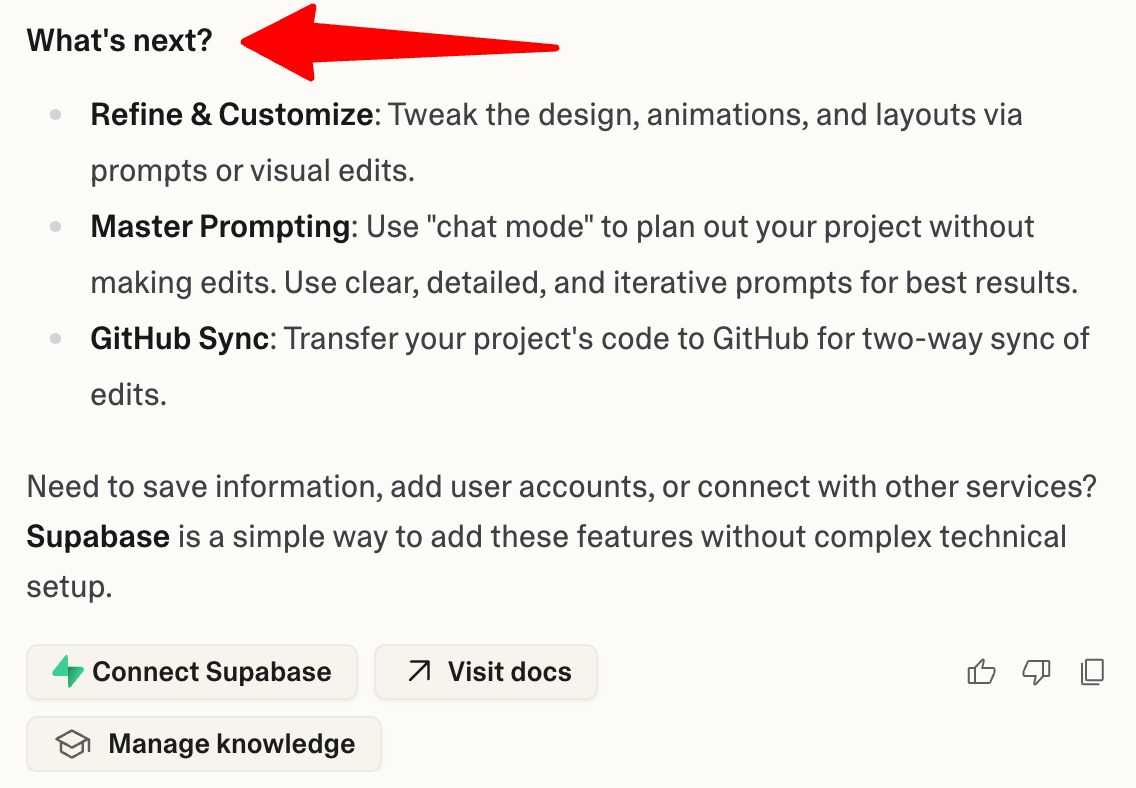
The platform features a chat-style, user-friendly interface – using it feels like chatting with a friend. You are not required to install or set up anything (except for creating an account and logging in) to start using it. Everything runs from your regular browser.
If you need to modify your app, you can do so by simply typing new instructions. The AI will implement these new changes immediately and provide you with a preview, allowing you to make further adjustments or download the code once you are satisfied.
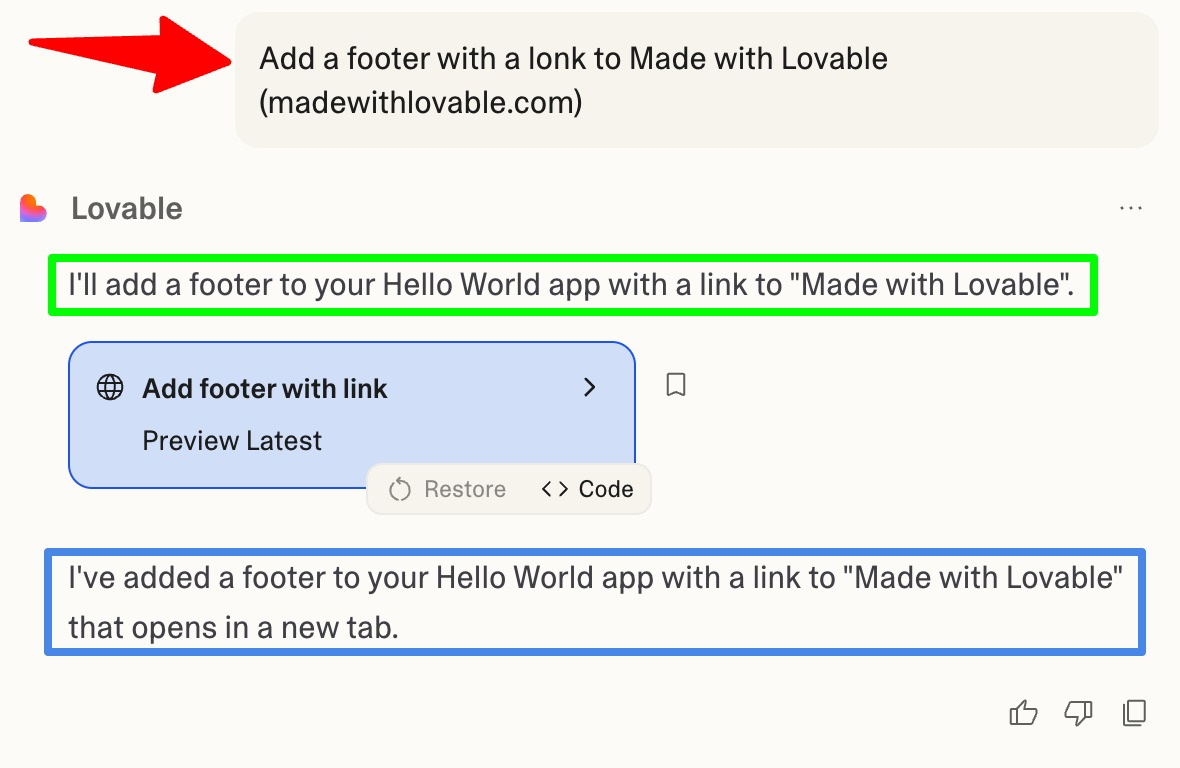
While this app development tool is powerful, it still has its own limitations. Here are a few examples:
The platform is ideal for building standard apps with straightforward logic. However, custom and niche logic, typically required for highly customised apps, may require additional input from the developer.
Regardless, the AI builder still gives you the foundation/framework from which you can start your customisation.
This app builder generates codes for complete apps. However, there are still some instances where you might need to refine features before real-world deployment.
For example, you might be using the tool to build a complete to-do list app, but the generated code does not save the tasks after you close your browser. In such a case, you will need to fix the 'save' feature before the app is ready for an everyday user.
This is an example for an issue you can have while working with Lovable. At some point some, issue cannot be resolved without you helping Lovable. You'll just have to notice the type of error you get and ask Lovable to resolve the issue for you.
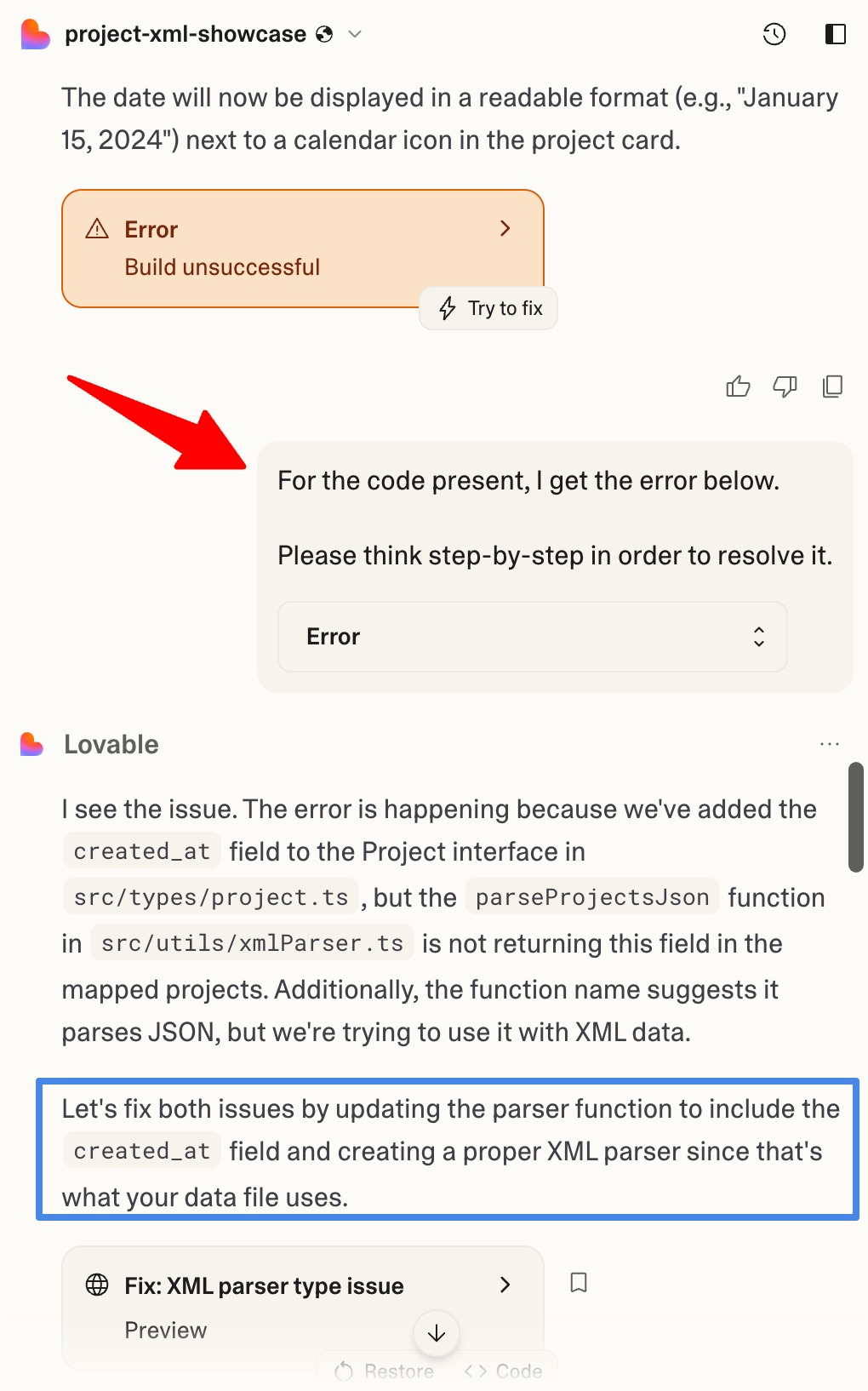
The generated code is only as accurate as the instructions typed into the interface. As such, users must be very specific and provide clear prompts throughout the development process.
Usually, that wouldn't be an issue for most people. However, it can present a few challenges for individuals who aren't fluent or cannot express their ideas very well in English. But, there is still an option to use another app to generate clear instructions and then copy and paste them into the AI app builder.
Although you can use the AI app builder to build apps from scratch, it can't fully replace the work of a developer.
For example, it works well for a small project, such as creating a to-do list app for your office or home tasks. But, for large-scale apps and systems, you will still require the input of an expert developer.
While the AI developer has a straightforward working principle, using it effectively still requires a strategic approach. Here are the best practices for using the platform:
Use precise language and sentences when writing your prompts. Avoid overcomplicating your instructions – break down big features into smaller requests. That makes it easier for the AI to understand precisely what you want, reducing the chances of errors or confusing results.
Create a SaaS landing page for a tool called Shrinkr, which helps solopreneurs create short branded links and sales-focused bio pages. The page should have a hero section with a tagline, a features section highlighting conversion tools (like link tracking, CTA overlays, bio link builder), testimonials, and a pricing section with monthly and lifetime options. Use a clean, modern design. Keep the tone persuasive but friendly.In addition to keeping prompts clear and straightforward, it is advisable to build one feature at a time. Doing so helps avoid overwhelming the AI and reduces the risk of introducing bugs early in the development process.
Additionally, it makes your work easier because you won't have to become a master of the English language and accurately articulate long instructions that capture everything at once.
Feedback loops are another great feature in AI app development. They allow you to revise your prompts and request changes until you are happy with the results. That way, you won't need to restructure prompts afresh every time there is an issue with the iterated preview.
Utilise the feature to refine your app and reduce development time.
Another way to get the best results when using the AI builder is to test the app as you go. Every time you request a change or add a new feature, check the preview to know if it does exactly what you intended.
That makes debugging a lot easier and helps keep things relatively manageable.
Here is a helpful video that guides you in getting started with Lovable AI: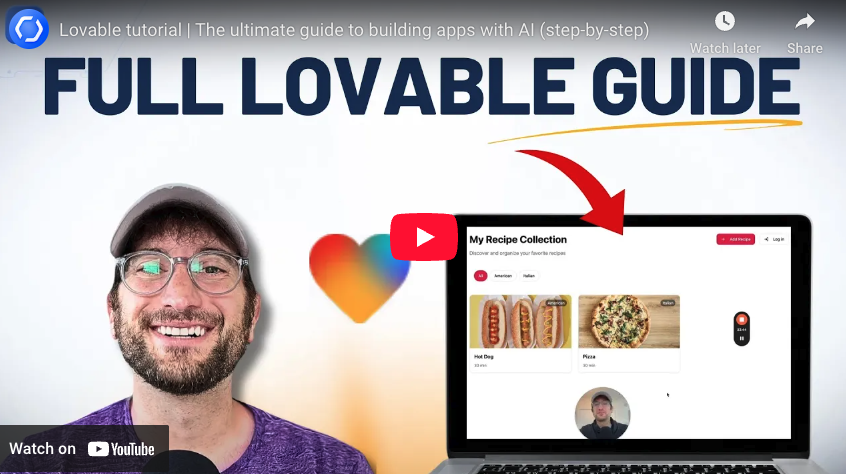
Loveable AI is transforming app development, making it easier, faster and more accessible to individuals with different skill levels. Its use, however, is not confined to beginners only; developers can use it to speed up their workflow and reduce the overall costs of app development. So, whether you are launching a start-up, building your first side project or just exploring, this AI tool is worth having in your corner.